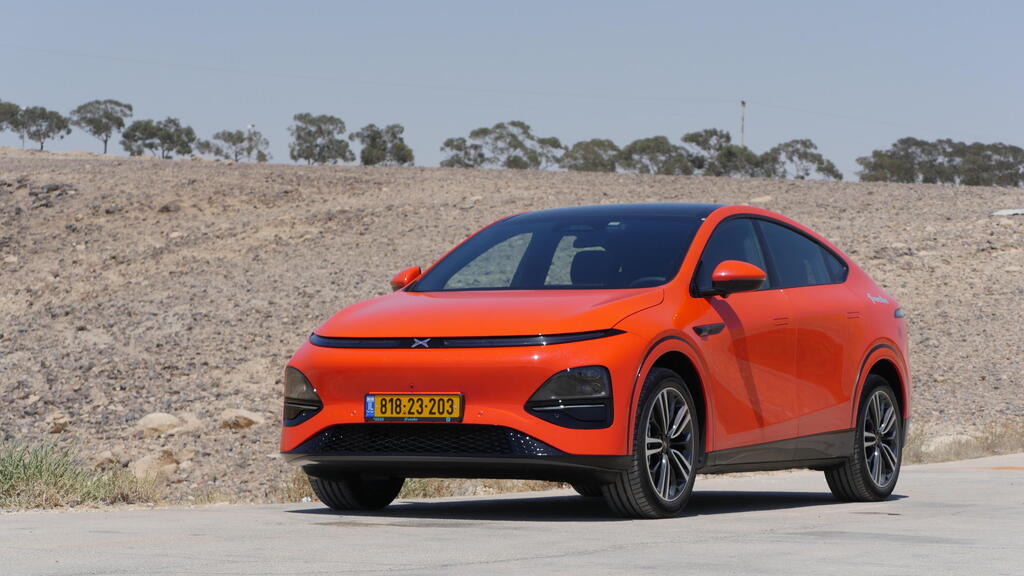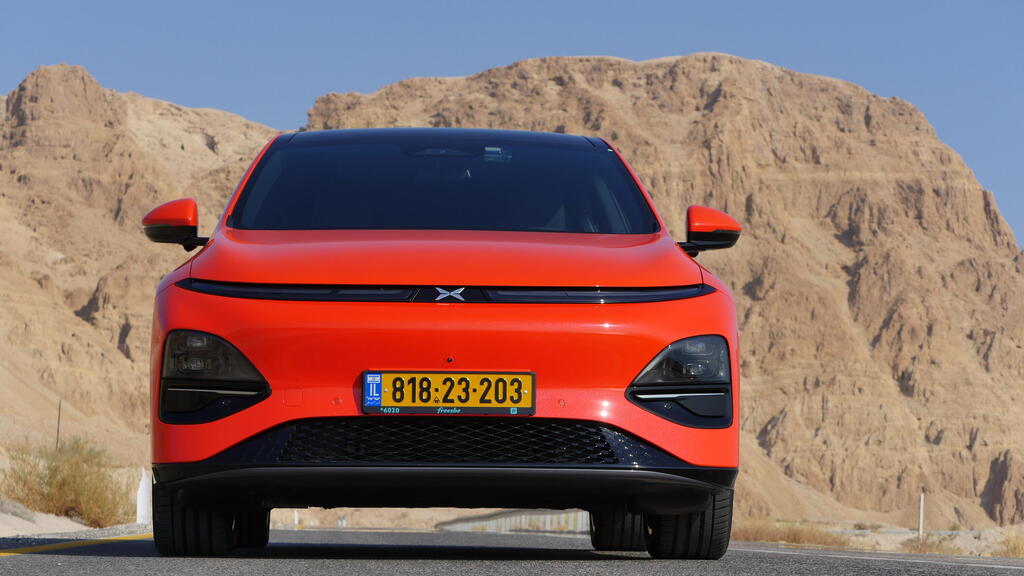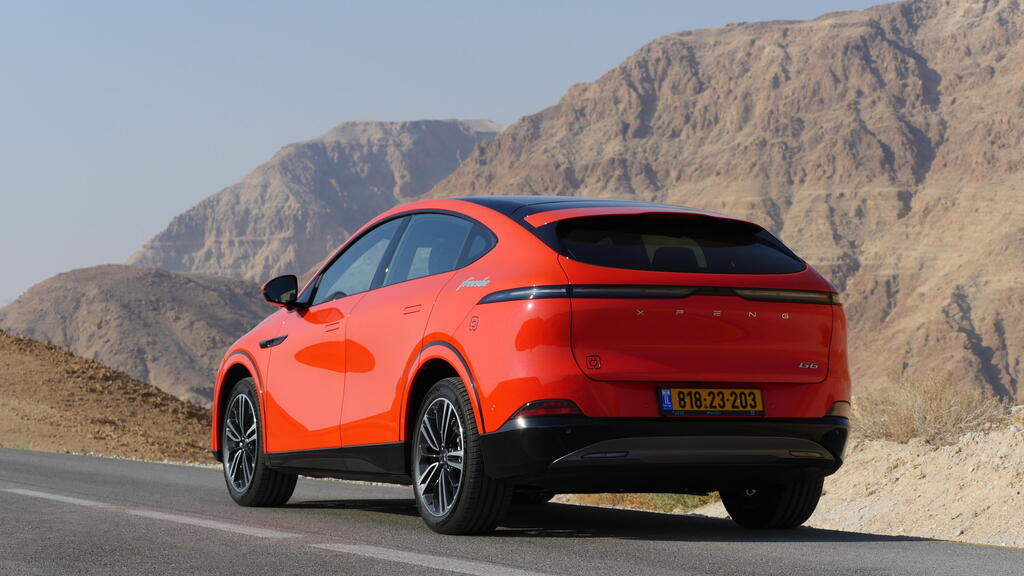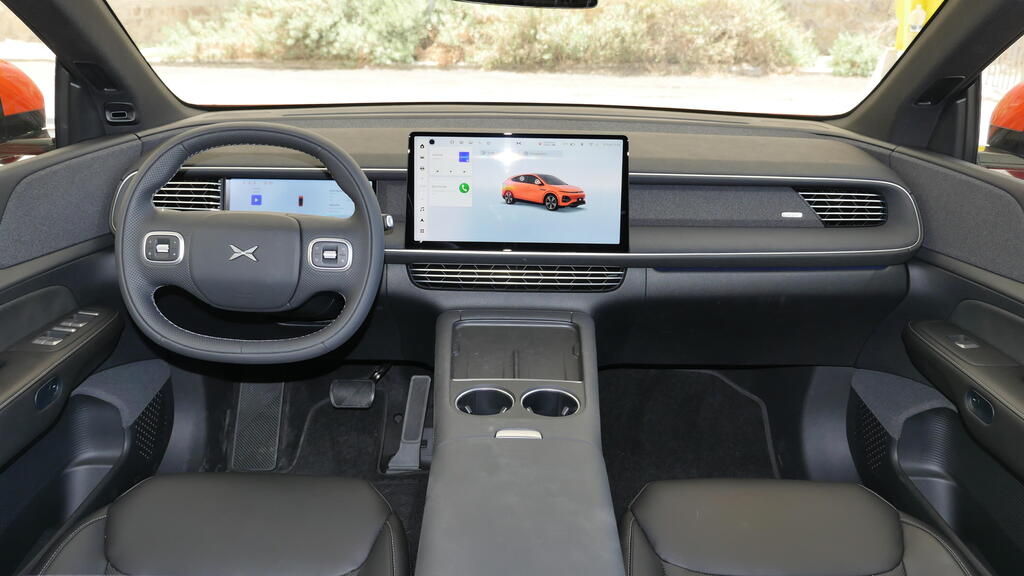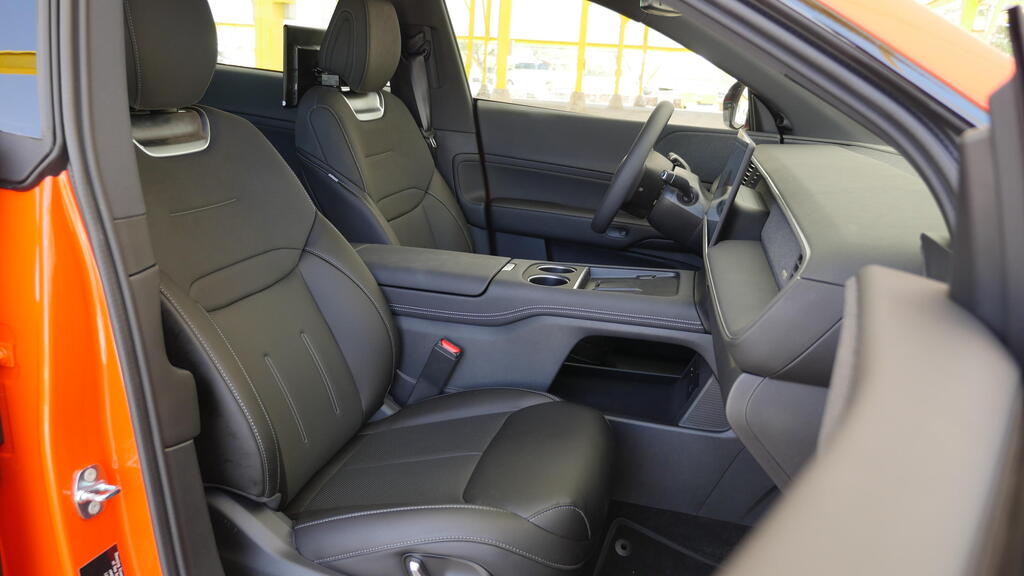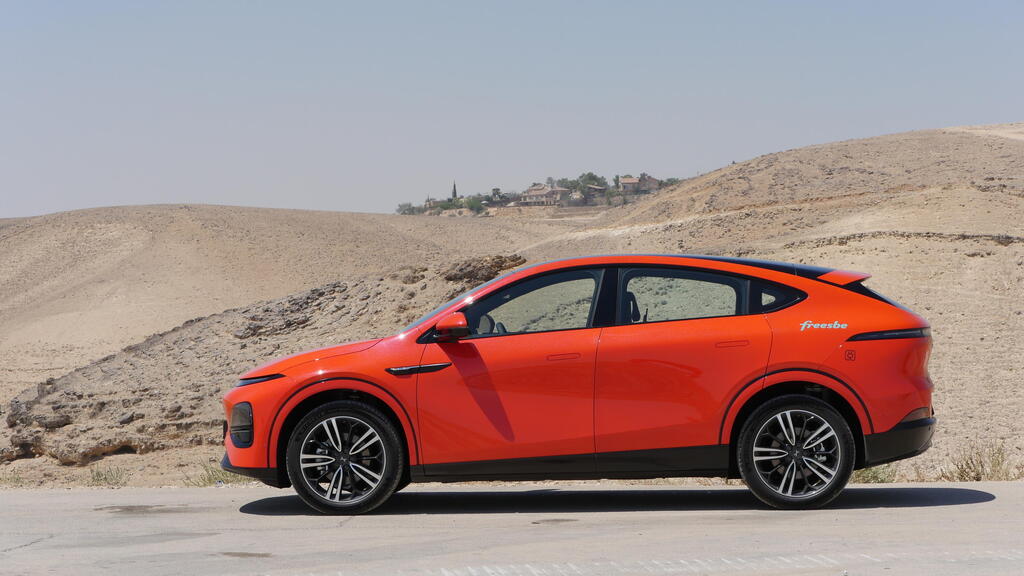Getting your Trinity Audio player ready...
Despite not being a major Chinese automaker and only founded a decade ago as a promising startup, XPeng is now viewed as a significant threat to both the traditional automotive industry and Tesla. While sales in Europe remain modest, nearly 1,500 XPeng vehicles have been sold in Israel within six months, placing the brand among the top ten electric vehicle models, surpassing well-established brands like Toyota, Skoda, and Mercedes.
This achievement is even more impressive considering that XPeng's two existing models are priced significantly higher than their competitors, with an average price of 280,000 shekels. Now, XPeng introduces its third model, the G6, which is not only the brand's most affordable offering in Israel, starting at 200,000 shekels, but also aims directly at market leaders like the Tesla Model Y and Hyundai Ioniq 5.
After extensive testing on various Israeli roads, the XPeng G6 proves itself as a strong contender in the category. Despite being from a young and relatively small manufacturer, it demonstrates impressive capabilities that will undoubtedly hold up in a competitive comparison, allowing it to compete confidently with the best in its class.
The G6 features modern design, a spacious and well-equipped interior, advanced technology, solid performance, an impressive driving range, and exceptional fast-charging capabilities. However, it falls short in areas where XPeng's limited experience shows, such as its over-reliance on touchscreen controls, the absence of a glove compartment and sunroof cover, and the less refined operation of safety systems.
Overall, the XPeng G6 is a strong offering in the local market, particularly given its price point. With few vehicles generating as much attention on Israeli roads in recent years, the G6 stands out, especially in its eye-catching orange hue.
The vehicle's exterior design includes all the hallmarks of modern electric vehicles, such as a sealed grille, slim lighting units, retractable door handles, frameless windows, and a sleek silhouette with a relatively low drag coefficient of 0.25. Inside, the driver’s environment is reminiscent of other XPeng models, featuring high-quality materials, a large 15-inch touchscreen, a 10.25-inch digital instrument cluster, and minimal physical buttons.
The central screen offers high resolution and quick responses but controls too many vehicle functions, which can be frustrating. It lacks some of Tesla's gimmicks, but there are still unnecessary attempts to mimic the American brand, such as the absence of a sunroof cover, electric door release buttons instead of mechanical handles, and limited display options for battery percentage or driving range.
The rear seat offers generous space, with a flat floor and ample legroom, and the rear seatback reclines for a comfortable semi-reclining position on long drives. The trunk has a generous capacity of 571 liters, though there is no additional storage in the front.
Standard equipment across all trims is extensive, including leather-like seats with electric adjustment, heating (for four seats), ventilation (for the front seats only), dual cooled wireless charging pads, a heated steering wheel, 360-degree cameras, automatic parking, a powered tailgate, an 18-speaker sound system, and V2L functionality for powering external devices.
The safety suite includes autonomous emergency braking, lane-keeping assist (which needs calibration as it responds slowly even on well-marked roads), adaptive cruise control, active blind-spot monitoring, and driver alertness monitoring through a face-scanning camera.
We tested the mid-range version, featuring a single rear motor delivering 286 horsepower, with a claimed 0-100 km/h acceleration of 6.7 seconds. While not groundbreaking in the electric age, the performance is more than sufficient for most driving conditions.
The G6's driving modes are controlled via the touchscreen, which we found cumbersome. Regenerative braking is adjustable in four levels, with the most aggressive allowing one-pedal driving.
The Long Range version we tested comes with a 91.4 kWh battery, offering a claimed range of 570 km. Our real-world testing yielded an impressive range of 480 km, with energy consumption of 18.2 kWh per 100 km. The G6 also supports ultra-fast 800V charging, a feature currently found only in select Hyundai-Kia, Audi, and Porsche electric vehicles, allowing a 10% to 80% charge in just 20 minutes. However, such charging stations are rare in Israel, and we measured about 30 minutes to recharge at a 175 kW station.
The suspension setup is firm, and combined with low-profile tires on large wheels (255/45R20), the G6 struggles with urban road imperfections. At higher speeds, comfort improves significantly, though road and wind noise insulation at triple-digit speeds could be better. On the flip side, the firm setup and quality tires (Michelin Pilot Sport EV) provide good dynamic capability, with controlled body roll and a secure, predictable feel. While not a sports car due to its 2.1-ton weight and detached steering, the G6's brakes perform better than most electric vehicles.
First published: 04:52, 08.24.24


